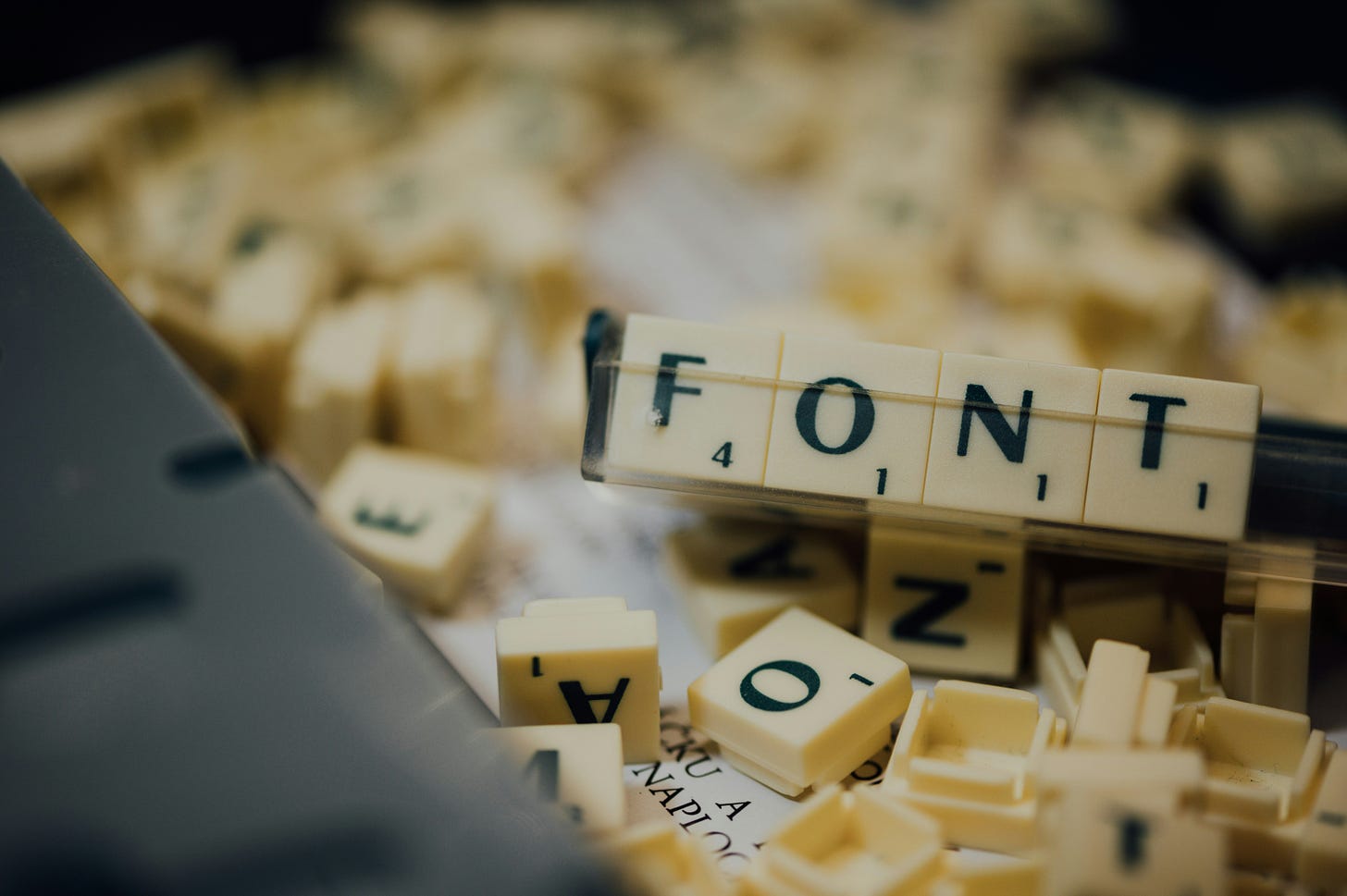Me, last year, shopping for fonts for a book cover: “Why are fonts so expensive??? $10 is plenty for a font. I mean, come on.” Me, now, in the midst of taking a font designing course: “Why are fonts not $5,000 apiece?????”
I’ve wanted to tackle font design for quite some time. I’m thinking it would be especially useful for some picture books I’ve got coming along.
I knew it’d be tough, but hoo, doggies, it’s enough to make your head spin. (I’m in the midst of a section on discretionary ligatures right now.) It really is true—you don’t quite appreciate a job until you’ve actually had to do the job yourself. I’ll never want a free font again.
Book design is one aspect I never thought I’d tackle back when I started writing—or love as much as I do. There’s something about being able to make every single decision for your book, from cover design to page layout to trim size. It gives the book your thumbprint.
This is all to say I hope you all snag a book by an indie author this week. Any indie author. It really is an enormous job putting a book out in the world—an even bigger job if you’re doing it all yourself (including marketing and promos). Those of you who have a favorite indie author or discover an indie you think I should know about, please do shoot me a message here or hollyschindlerbooks (at) gmail (dot) com. I’d love to know more—and maybe even highlight them here.
Just as I’d never want a free font again, being an indie author has made me want to support fellow indies as much as I can as well.
Until next week (when I bring a fresh drafting tip),
Holly










